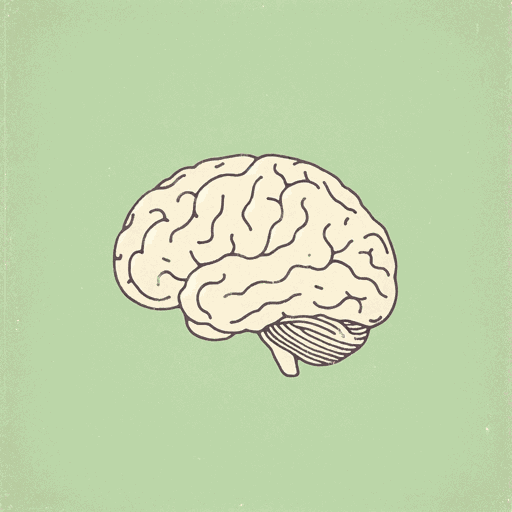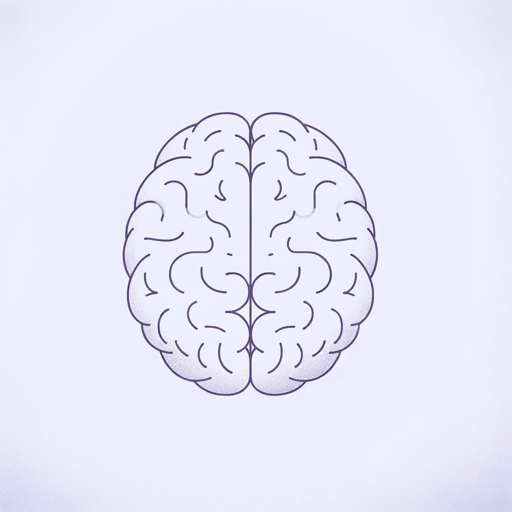67 pages • 2 hours read
Oliver SacksThe Man Who Mistook His Wife for a Hat
Nonfiction | Book | Adult | Published in 1985A modern alternative to SparkNotes and CliffsNotes, SuperSummary offers high-quality Study Guides with detailed chapter summaries and analysis of major themes, characters, and more.
Background
Scientific Context: The Evolution of Neuroscience
Neuroscience is a study of the brain’s biology, schematics, operations, and functions. Practitioners in the field combine medical knowledge with knowledge of psychology to understand how the brain affects a person’s ability to move, think, feel, and function. Although human beings have always speculated on issues of human behavior and how the mind and body work together, the field of neuroscience could not emerge as a separate field until technology allowed the study and understanding of neurons. There is some question as to whether neuroscience is strictly a science of biology or of psychology. In The Man Who Mistook His Wife for a Hat, Sacks draws heavily on both philosophical inquiry and medical knowledge to create a more holistic view of neuroscience as he refines the lens through which he views his more unusual patients.
Some might say neuroscience began in Ancient Greek times when philosophers questioned the location of “the seat of intelligence.” Hippocrates believed human reason resided in the brain, while Aristotle believed it resided in the heart. Galen believed that the physical structure of the brain affects the way a person behaves, a theory that is the basis for modern neuroscience. However, the Ancient Greeks were hindered because dissecting human brains was forbidden by law until 300 BCE.
Related Titles
By Oliver Sacks

An Anthropologist on Mars: Seven Paradoxical Tales
Oliver Sacks

Hallucinations
Oliver Sacks

Musicophilia: Tales of Music and the Brain
Oliver Sacks

On the Move: A Life
Oliver Sacks

Seeing Voices
Oliver Sacks

The River of Consciousness
Oliver Sacks

Uncle Tungsten
Oliver Sacks

